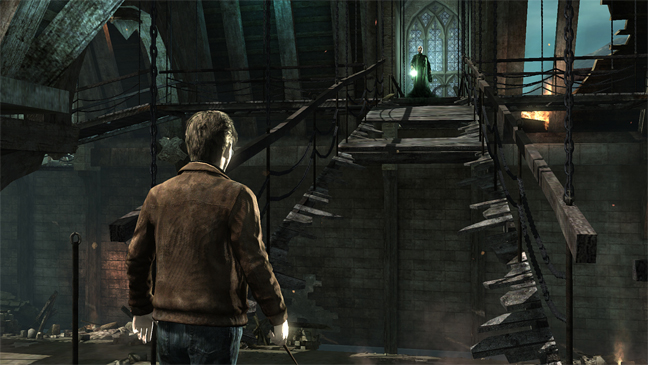
The Harry Potter series may be over, but its fandom is anything but dead. After seven books, eight movies, and a theme park, fans of JK Rowling’s wizarding world are still hungry for more.
Could an MMO be what they’re looking for?
Bio-Hazard Entertainment is currently working on Harry Potter Online, an MMORPG that, with enough support, could earn a full-license from Warner Bros. As of now details are few, but the proposed game would allow players to choose between different schools of magic, master professions such as herbology and potions, and participate in duels.
With so many Harry Potter games already in existence, there’s a lot the Bio-Hazard team could take away from. As a gamer and hardcore Potterhead, I’ll take a look back at Harry Potter’s colorful video game past to see what has (and hasn’t) worked when adapting the wizarding world for gamers' screens.
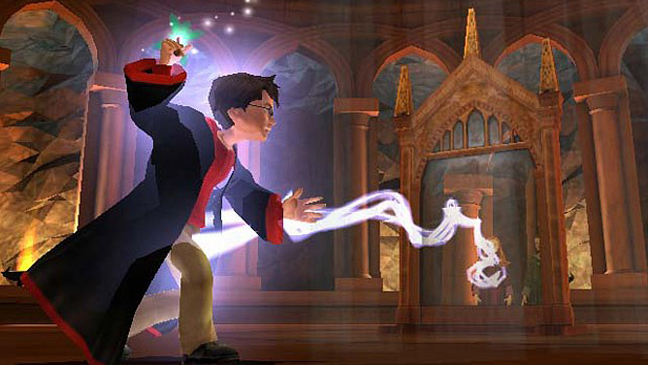
Harry Potter and the Sorcerer’s Stone (2001)
The first entry into the realm of Harry Potter gaming was decent, but simply being the first warrants some merit. It was amazing to see details from the books and movies in an interactive space and being able to converse with your favorite characters for the first time. Players played through the main story and various side missions, all while earning house points. Flying and Quidditch were also explored, but as minor details at best.
Things worth keeping: Attention to detail, house points
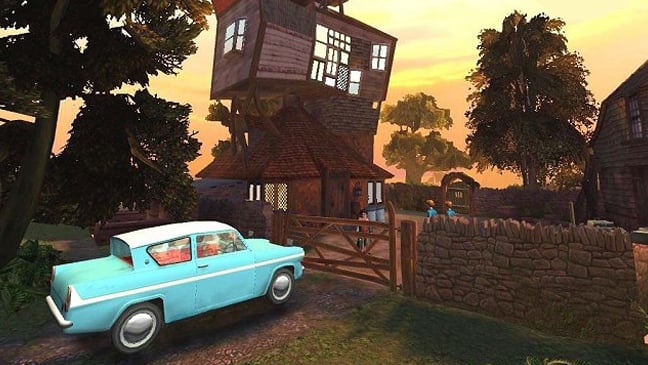
Harry Potter and the Chamber of Secrets (2002)
The second installment of the Harry Potter game series was a vast improvement from the first. Flying was more developed, and the inclusion of a fully realized Diagon Alley and explorable Hogwarts gave players freedom that was severely lacking in the first game. The game’s set up made more sense as well - Harry learned spells in class, which he could later use to solve puzzles and in duels.
Things worth keeping: Explorable worlds, spells, flying
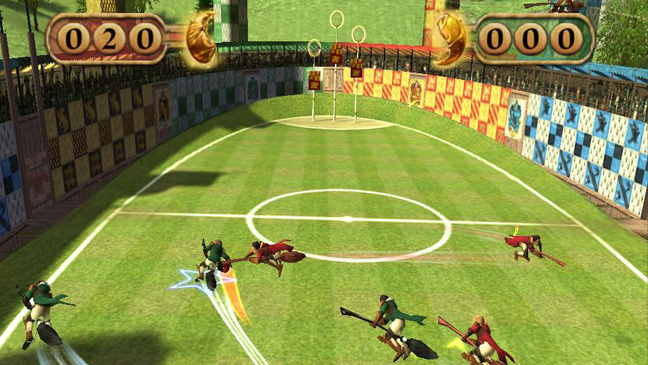
Harry Potter: Quidditch World Cup (2003)
With no new movie to be released in 2003, EA was forced to come up with a new type of Harry Potter game to meet their yearly quota. Harry Potter: Quidditch World Cup, a sports game based on the fictional competition of the same name, was a welcome change that met generally positive reviews. Players could choose from any of the four houses and play as characters like Draco Malfoy and Victor Krum as they played their way to the World Cup.
Things worth keeping: Quidditch matches, different playable characters
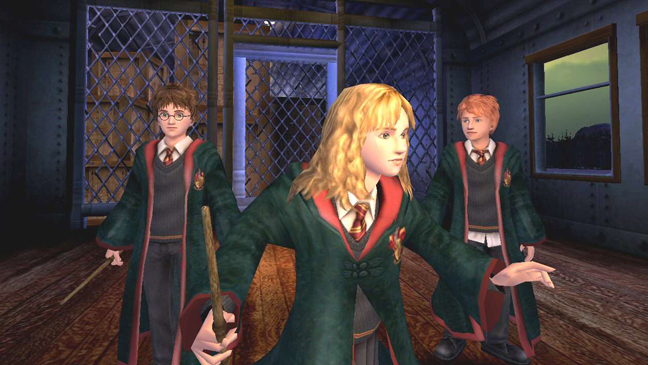
Harry Potter and the Prisoner of Azkaban (2004)
Taking cues from Harry Potter: Quidditch World Cup, Harry Potter and the Prisoner of Azkaban allowed players to control someone other than Harry. Hermione and Ron were finally playable and each came with their own specialized powers. Physically casting spells was omitted however, as the game went for a more point-and-click style of combat. This game focused a lot on collecting random items, with the main plot serving no real purpose.
Things worth keeping: Nothing
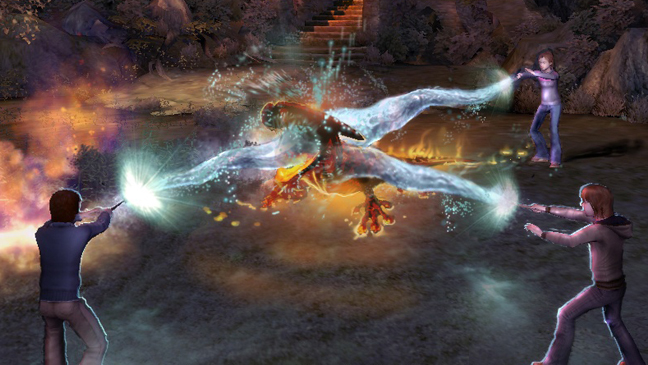
Harry Potter and the Goblet of Fire (2005)
In terms of both the book and movie, Harry Potter and the Goblet of Fire marked a dark transition for the Harry Potter series. In response, EA gave the game adaption a much more ominous feel than past releases. The addition of cinematic scenes kept the story paced all while staying true to the original source material. They also ditched the free-reign style for a more linear gameplay – causing some fans to complain that the installment felt dumbed down.
Things worth keeping: Cinematics, atmosphere
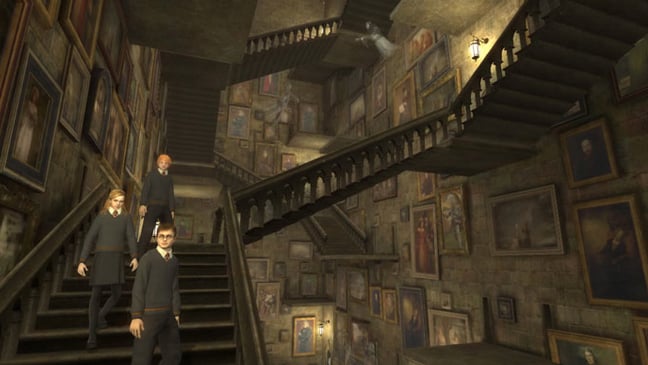
Harry Potter and the Order of the Phoenix (2007)
Harry Potter and the Order of the Phoenix is one of my personal favorites and the closest thing we got to a true open-world Harry Potter game. The school itself was a faithful adaption of what we saw in the movies, complete with talking paintings and moving staircases. The game was still story based but players had more freedom in terms of exploration. You even got your own copy of Maurader’s map to show you around.
Things worth keeping: Open-world gameplay, talking portraits, Maurader’s map
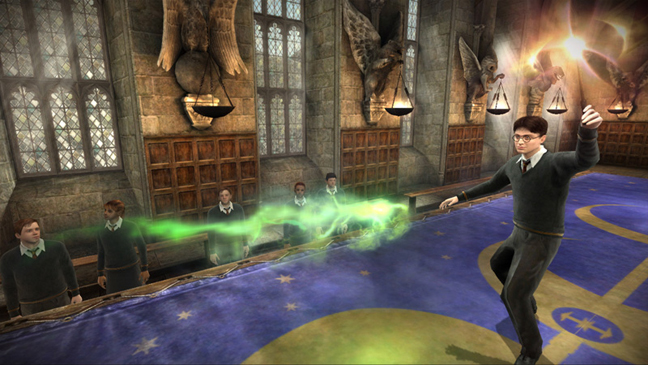
Harry Potter and the Half -Blood Prince (2009)
Harry Potter and the Half-Blood Prince stuck to the open-world style of the previous game with a few new added features. Potion making, an important part of the Harry Potter world, was integrated as a fun and challenging mini-game. Flying was re-introduced in the form of timed races, and dueling was made much more intuitive.
Things worth keeping: Potion making, dueling
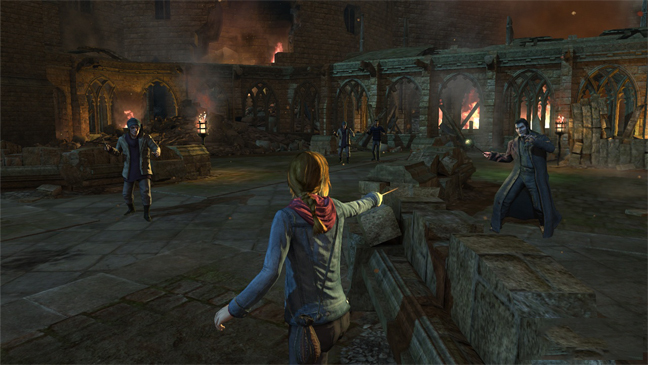
Harry Potter and the Deathly Hallows Pt 1 & 2 (2010, 2011)
Harry Potter and the Deathly Hallows marked another significant change in the franchise’s game mechanics – abandoning the old adventure style to become more of a third-person shooter and stealth game. While both games stayed mostly faithful to the movie’s plot, those bits were often told through cinematic clips rather than gameplay. The second installment was an improvement on the first, featuring the ability to apparate.
Things worth keeping: Nice graphics, shooter elements, apparation
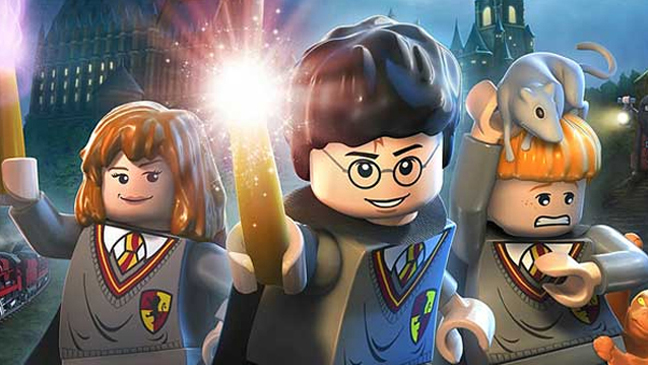
LEGO Harry Potter (2010, 2011)
The LEGO Harry Potter series is without a doubt, the high point in a history of mediocre Harry Potter games. Following in the footsteps of Lego Star Wars, LEGO Batman and LEGO Indiana Jones, LEGO Harry Potter stays true to the main story while staying lighthearted and silly. The game covers all eight movies in just two games, offering an accelerated gameplay full of playable characters, HP landmarks and LEGO madness.
Things worth keeping: Sense of humor, genuine fun
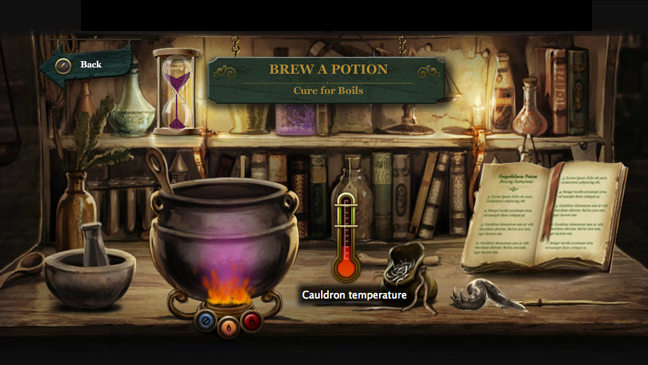
Pottermore (2012)
When Pottermore was first announced, fans thought they were finally getting the immersive Hogwarts Experience they’d been dreaming of. A direct collaboration with author J.K. Rowling, Pottermore is more of an online experience than a video game and is designed as an accompaniment to the Harry Potter books. Key features include getting sorted by the Sorting Hat, dueling, potion making, and conversing with fans in virtual versions of the Great Hall and house common rooms.
Things worth keeping: The Sorting Hat, sense of community
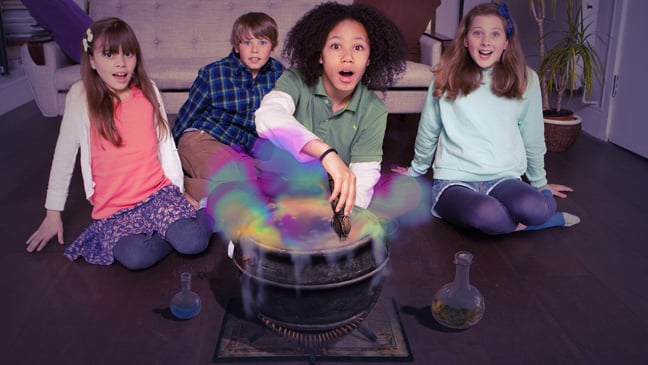
Wonderbook: Book of Spells, Book of Potions (2012, 2013)
The Wonderbook series is another part of J.K. Rowling’s collaboration with Sony. Using the PlayStation 3 Eye, a seemingly blank book is transformed into a magical pop-up book on screen. Players interact with the game by turning pages of the Wonderbook and using the PlayStation Move controller like a wand.
Things worth keeping: Immersive spells and potion making
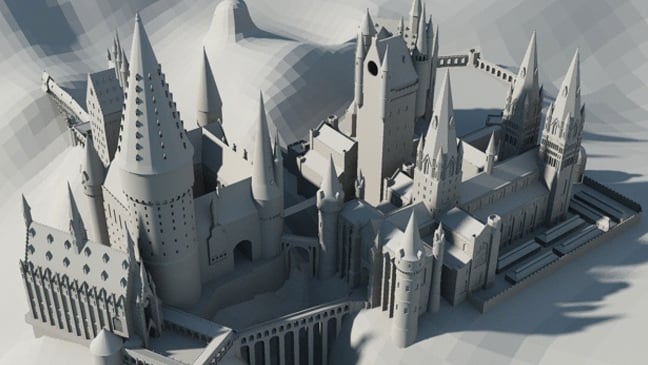
With a fictional world as expansive and fantastical as the Harry Potter universe, there's really no limit to what this potential MMORPG could do.
Let's hope it happens.
You can read more about Harry Potter Online and show your support here.






Published: Mar 3, 2014 07:15 pm